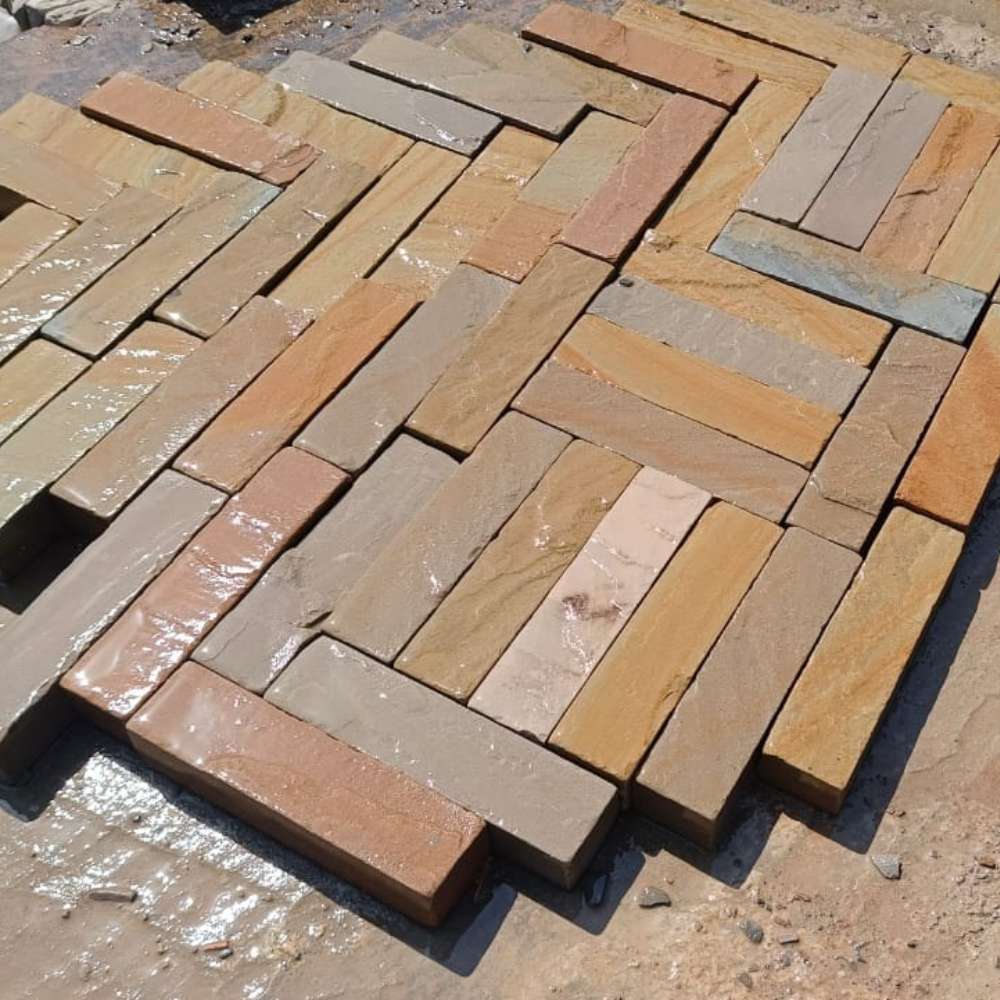Maintenance and Cleaning Guide for Slate Paving
20 November 2024
20 November 2024
24 October 2024
14 October 2024
07 October 2024

Thinking about sprucing up your garden with slate paving slabs? Good choice! Whether you're crafting a charming patio, laying a stylish pathway, or creating a standout feature, cutting slate to fit perfectly is key.
And guess what? It’s easier than you think! With the right tools and a bit of know-how, you can achieve a professional finish—no need to call in the cavalry.
In this guide, we’ll walk you through the best methods for cutting slate paving slabs. Whether you’re tackling thin pieces or heavy-duty thick slabs, there’s a method for you. By the end, you'll feel ready to take on the challenge (and maybe even impress the neighbours).
Let’s get cracking.
Before you go all-in with the cutting, take a moment to prepare. A little patience here saves headaches later! Here’s what you need to do:
If you’re going old-school with a chisel and hammer, flip your slate over first. This trick helps prevent chips and cracks on the visible side, keeping your patio looking pristine. Score the underside, and when it breaks, you’ll have a clean finish on top. Simple but effective!
If you’re wielding an angle grinder or circular saw, mark and cut from the top surface instead. This prevents ugly scratches and keeps the dust under control (well, as much as possible). This is especially handy for thicker slabs.
Grab a straightedge (or a trusty ruler) and mark your cutting line with a pencil. If you’re cutting a long slab, a chalk line works wonders. A clear guide means neat, professional-looking results—no wonky edges here!
Cutting slate produces a fair bit of dust, so set up outdoors or in a workshop with decent airflow. If you’re stuck indoors, consider using a wet saw to keep the dust down. No one wants their lounge looking like a building site!
We know, we know—safety gear isn’t the most exciting part, but trust us, it’s essential. Slate dust is nasty, and flying chips can be a real hazard. Pop on some goggles, a facemask, and sturdy gloves before you get started. Better safe than sorry.
If your slabs are on the thinner side (1–2cm), you can go the traditional route with a chisel and hammer. No power tools needed—just a bit of elbow grease.
Set your slab on a sturdy workbench or table. Something solid will prevent unexpected breakages (and potential tantrums).
Use a straightedge or ruler to guide your chisel. If you’re aiming for a super-precise cut, secure it with clamps.
Take your chisel and lightly tap along the cutting line to create a shallow groove. This scoring makes it easier to snap the slate cleanly—don't rush this part.
Once you’ve scored the line, keep tapping with even pressure until the slate breaks along the groove. Patience is key here—whack it too hard, and you might end up with an uneven break.

For thicker slabs, power tools are your best mate. Here’s what you’ll need:
This method gives you a super-smooth, professional cut with minimal effort. Ideal for those who prefer speed and precision!
Before you dive in, make sure you have the right gear:
If you’re on the hunt for quality slate paving, check out The Stonemart. They stock stunning Indian Sandstone, Kandla Grey, and more—perfect for elevating your outdoor space. Plus, their customer service is top-notch, so you’ll get expert advice along the way.
Cutting slate paving slabs might seem a bit daunting at first, but with the right tools and approach, it's totally doable—even for DIY newbies. Whether you're using a trusty chisel and hammer or opting for power tools, a little preparation goes a long way. Take your time, follow the steps, and before you know it, you’ll have a stunning patio, pathway, or feature that looks like it was done by a professional.
Now, go on—give it a go and transform your outdoor space!
Thanks for subscribing!
This email has been registered!